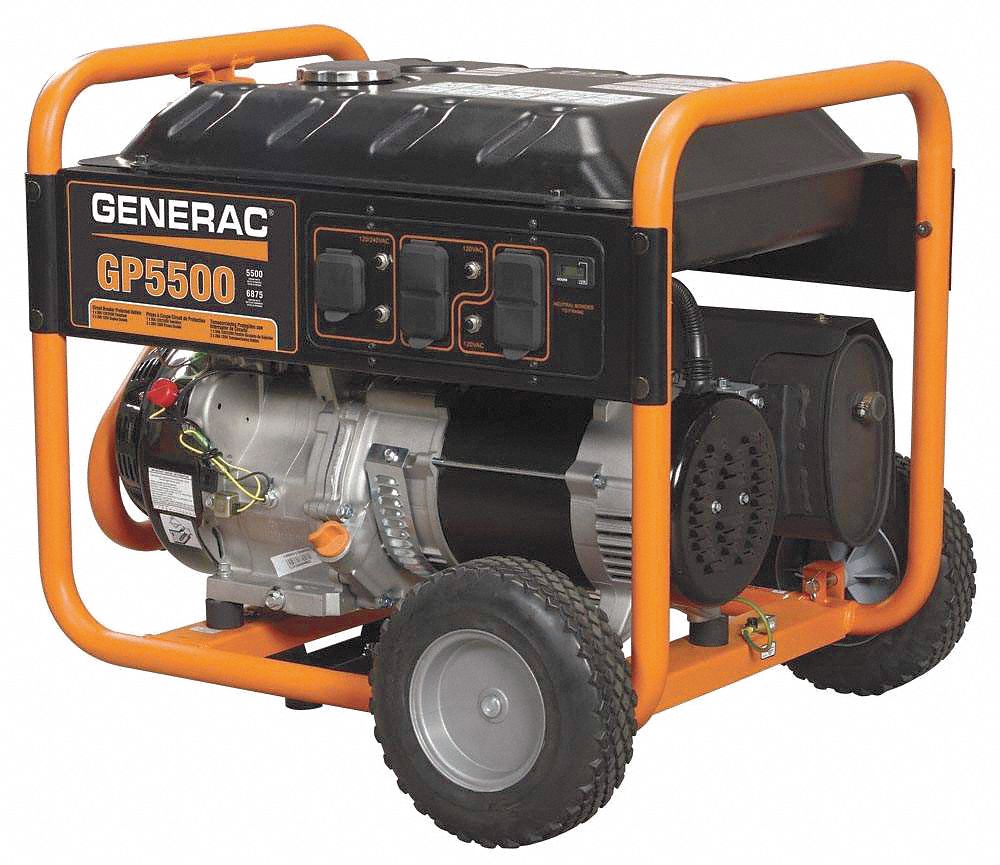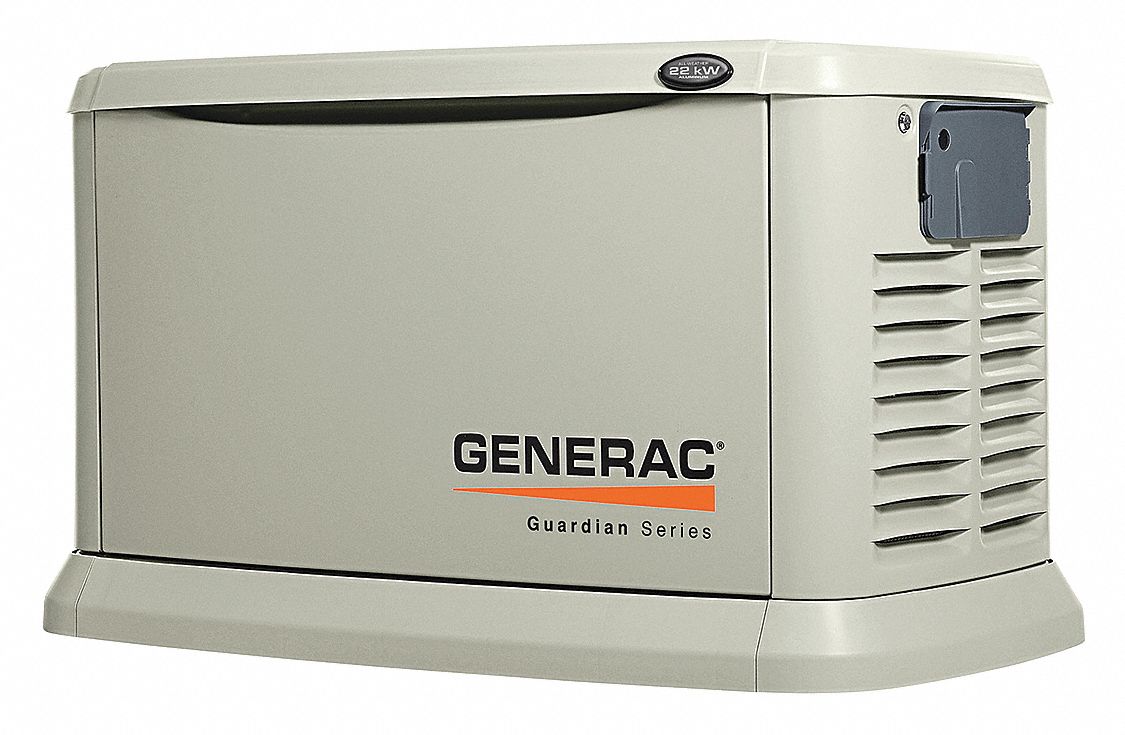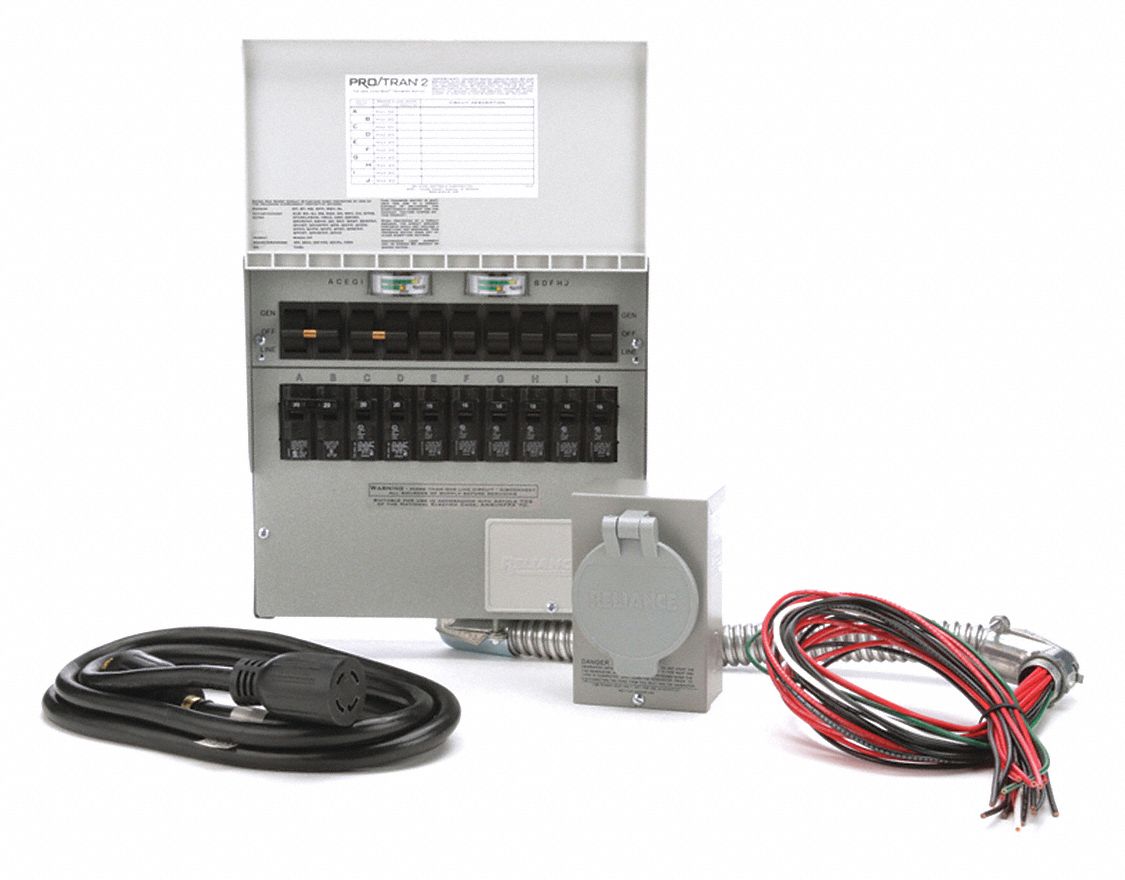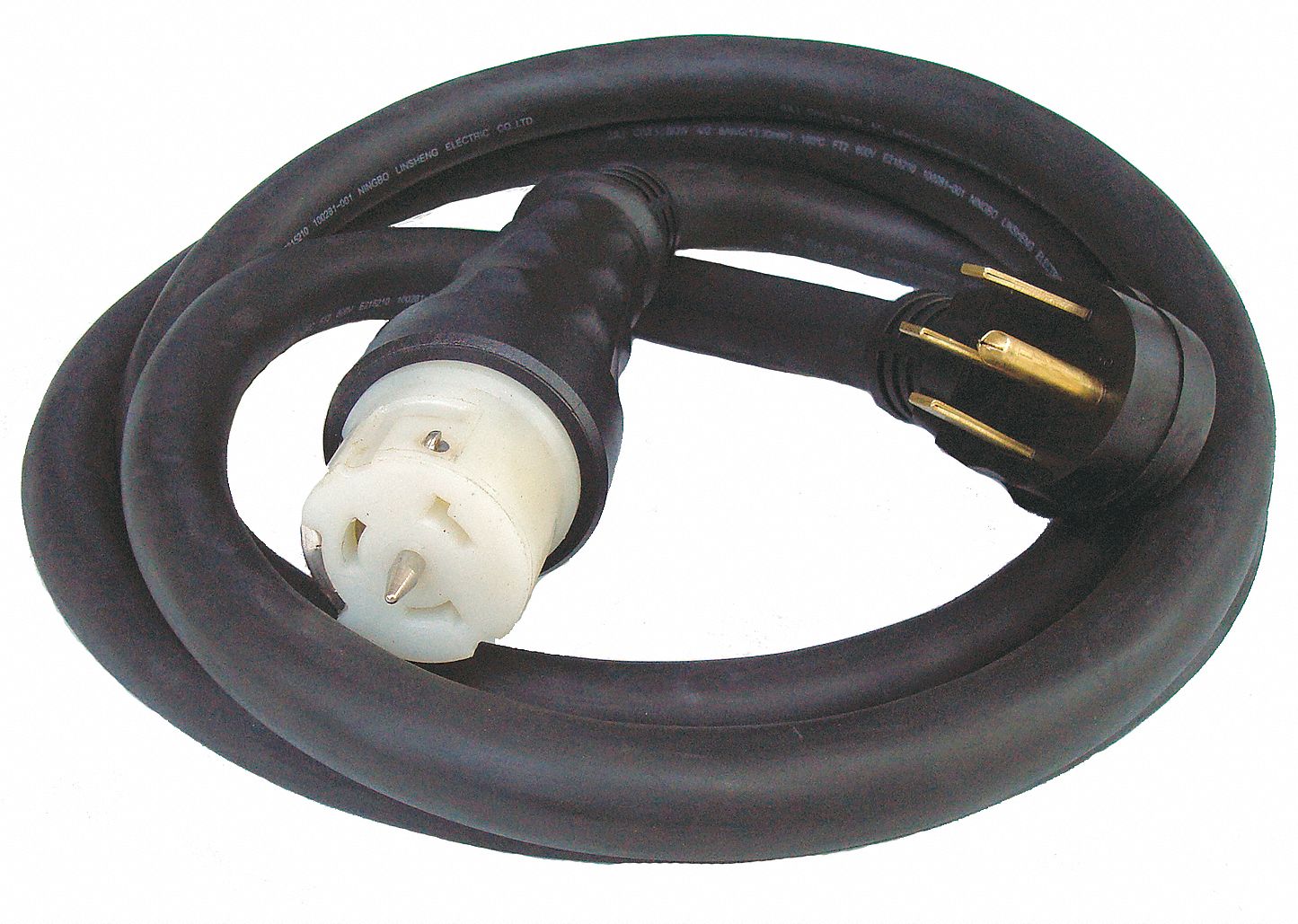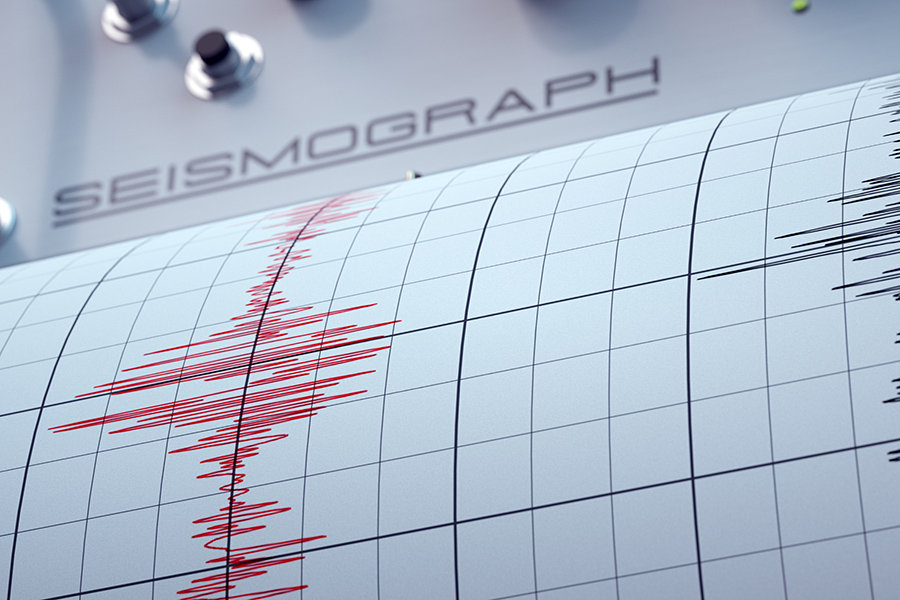

Essential Supplies for Earthquake Preparation, Response and Recovery
By Grainger Editorial Staff 9/15/21


Earthquakes can strike at any time and with no warning. The United States Geological Survey (USGS), part of the Department of the Interior, monitors these and other natural hazards to gather information that helps the public and policy makers better prepare for and respond to such hazards. And while the USGS reports on potential earthquake hazards and high-risk areas throughout the U.S., the possibility of an earthquake actually exists in every state, which is why it's important for any U.S. business to gather earthquake safety supplies and emergency tools for preparation, response and recovery.
Prepare for an Earthquake
An essential step in earthquake preparation is recognizing and mitigating potential hazards in the event of an earthquake, and then stocking the appropriate supplies for before and after an earthquake happens. What follows is a list of tools and supplies to help you protect your people and property in the event of an earthquake.
Equipment to Protect Your People
First aid and survival kits: Prepare by keeping your first aid kits stocked at all times and regularly check supplies in the kit to ensure you have enough. Check the expiration dates on antiseptics or non-prescription medicines. Regularly reviewing first-aid kit requirements is a helpful habit in preparation for any emergency,.
Disaster survival kits contain basic supplies that can help people survive a natural disaster or emergency. If you have employees in remote locations who may be hard to reach after an earthquake, a survival kit can provide hygiene products, first aid supplies or emergency food and water rations until help can reach them.
Equipment and Tools to Prepare Your Facility
Safety devices, fasteners and cabinets: FEMA notes that a key preparation step for an earthquake is to remove, relocate or secure anything that could fall and harm someone, fall and block an exit, fall and start a fire or would require lengthy or costly cleanup.
Earthquake safety devices can help secure large equipment such as refrigerators, cabinets or shelving to walls or other surfaces. These devices include fasteners and straps and are rated for the weight of items they can secure.
Flammable cabinets safely store flammable liquid containers, keeping dangerous liquids organized and segregated. Like other cabinets in your facility, they should be secured with fasteners and straps to help prevent them from falling over during an earthquake.
Other preparations: Store breakable items on low shelves and in enclosed cabinets. You should also brace ceiling and overhead light fixtures and use shatterproof lamps where possible.
Create earthquake business response plans and share them with employees. This QuakeSmart Toolkit, available through Ready.gov, offers guidance to organization leaders through risk calculations, as well as preparedness, mitigation and action plans after an earthquake occurs.
During and After an Earthquake
During an earthquake, FEMA recommends the Drop, Cover and Hold On sequence: Drop to the ground, Take Cover under a sturdy table or another piece of furniture and Hold On until the shaking stops. If no sturdy furniture is nearby, FEMA advises to cover your face and head with your arms and crouch in an inside corner of a building, away from glass windows and doors. They also advise against evacuating a building during an earthquake because shaking objects may fall off the building, causing injury.
The extent of recovery efforts after an earthquake can often depend on its force, duration and how well structures in your area have been able to withstand the event. The first step to recovery should always be to assist the injured. An earthquake may also damage water, sewer and gas lines, which may result in hazardous leaks and flooding. Downed or damaged electrical wiring is another concern, as this presents potential fire hazards. Debris may present a walking hazard or impede evacuation once the earthquake is over. When it comes to your building, you'll want to make sure it's structurally sound and safe for occupancy. When possible, enlist the help of a local building engineer to assess any structural damage to your facility, or damage to utilities such as gas, electrical, sewer or water lines.
Equipment to Empower Your People
Safety gear: Be sure to have appropriate personal protective equipment (PPE) available for employees. If your facility presents a higher risk in the event of an earthquake, for example, if you store hazardous materials anywhere or if there is a higher potential for broken glass, damaged masonry or wood after an earthquake, make sure you have accounted for this with the right PPE. Employees may need eye protection, head protection, safety footwear and protective clothing. Since power may be down, handheld flashlights may be needed as well.
Safety radios: Radios, particularly those with an option for hand-crank power, may be helpful in the aftermath of an earthquake. These radios can help keep workers alert to conditions in the area, such as road closures, power outages and areas to avoid because of water, sewer and gas line leaks.
Gas detectors and monitors: Gas monitors and detection tools can be used to check for gases, find leaks and help prevent exposure to hazardous gases.
Equipment and Tools to Help Your Facility Recover
Fire extinguishers: The National Fire Protection Agency (NFPA) provides guidelines on fire extinguisher location and placement for most types of businesses. You can do more by stocking more portable extinguishers which can be stored throughout your facility.
Cleaning supplies: Even minor earthquakes can create debris. To address debris in your facilities, you may need additional cleaning supplies, such as brushes, brooms, buckets, dusters and cleaning rags. You may also need cleaning chemicals to remove dust or to disinfect and sanitize surfaces.
Backup power supplies: If an earthquake causes power outages, you may need sources of backup power. This may include uninterruptible power supply (UPS) systems that provide short-term power so computers and other sensitive equipment can be turned off properly and files saved locally. These supplies can help prevent data loss in the event of an unexpected power outage. You may also need generators to supply power. Portable generators typically run on gas or propane. Standby generators are larger, fixed machines that run on diesel or natural gas and can provide electricity in case of a power failure.
Get more tips, expertise and support on how to prepare for earthquakes and other types of emergencies.
The information contained in this article is intended for general information purposes only and is based on information available as of the initial date of publication. No representation is made that the information or references are complete or remain current. This article is not a substitute for review of current applicable government regulations, industry standards, or other standards specific to your business and/or activities and should not be construed as legal advice or opinion. Readers with specific questions should refer to the applicable standards or consult with an attorney.

